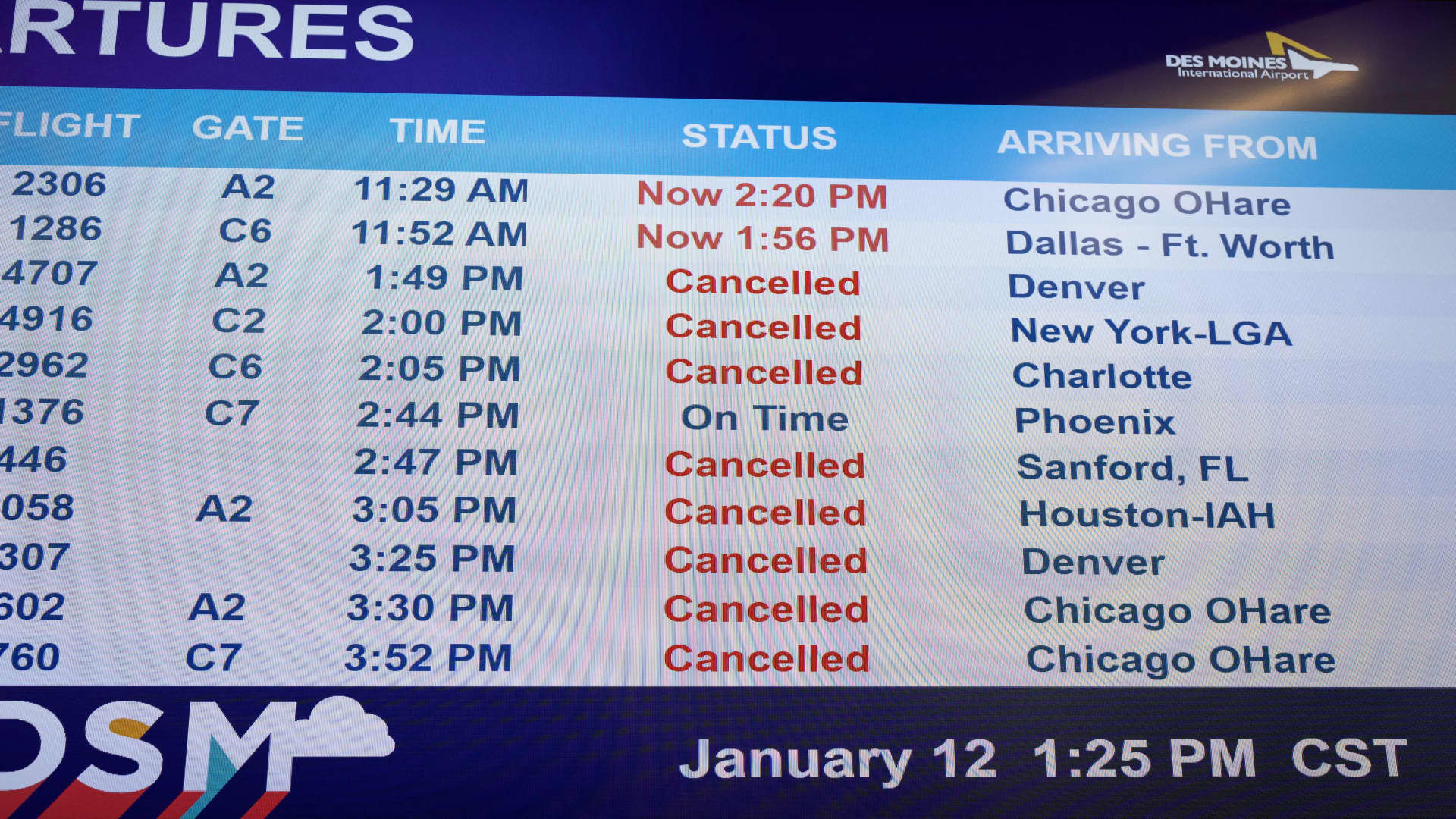The twin specters of a widening regional war and intensified suffering of civilians loomed over the Middle East on Saturday, after the Iran-backed Houthi militia in Yemen threatened to respond to American airstrikes and a senior U.N. official warned that the humanitarian crisis in Gaza was hurtling toward famine.
An American missile strike, launched from a warship in the Red Sea, hit a radar station outside the Yemeni capital, Sana, early Saturday. The solitary strike came about 24 hours after a much wider barrage of U.S.-led strikes against nearly 30 sites in northern and western Yemen that were intended to deter Houthi attacks on commercial vessels in the Red Sea, one of the world’s busiest shipping lanes.
Houthi officials tried to brush off the latest assault, saying it would have little impact on their ability to continue those attacks. Their stated goal is to punish Israel for blocking humanitarian aid into Gaza — though Yemeni analysts say the crisis also presents the Houthis with a welcome distraction from rising criticism at home. Two U.S. officials cautioned on Saturday that even after hitting more than 60 missile and drone targets with more than 150 precision-guided munitions, the U.S.-led airstrikes damaged or destroyed only about 20 to 30 percent of the Houthis’ offensive capability, much of which is mounted on mobile platforms and can be readily moved or hidden.
The officials, speaking on condition of anonymity to discuss internal military assessments, said that U.S. analysts have been rushing to catalog potential Houthi targets, but that doing so has proved challenging. Western intelligence agencies have not spent significant time or resources in recent years collecting data on Houthi air defenses, command hubs or munitions depots, they said.
The greater risk from the air attacks is likely borne by ordinary Yemenis, whose impoverished nation has been crushed by years of civil war, and who now face a high-stakes confrontation that imperils a fragile 20-month truce.
Some 21 million Yemenis, or two-thirds of the population, rely on aid to survive, in what the United Nations has called one of the world’s worst humanitarian calamities — a dubious distinction now shared by Gaza.
In northern Gaza, where a crippling three-month Israeli siege has hit hardest, corpses are left in the road and starving residents stop aid trucks “in search of anything they can get to survive,” Martin Griffiths, the top U.N. aid official, told the United Nations Security Council on Friday. Saying that the risk of famine in Gaza was “growing by the day,” he blamed Israel for repeated delays and denials of permission to humanitarian convoys bringing aid to the area.
Since Jan. 1, just three of 21 planned convoys intended for northern Gaza, carrying food, medicine and other essential supplies, have received Israeli permission to enter the area, a U.N. spokesman said on Thursday. More supplies have been distributed in southern Gaza, near the two…
2024-01-13 18:50:25
Original from www.nytimes.com
rnrn
















